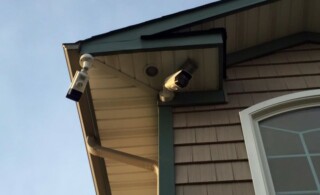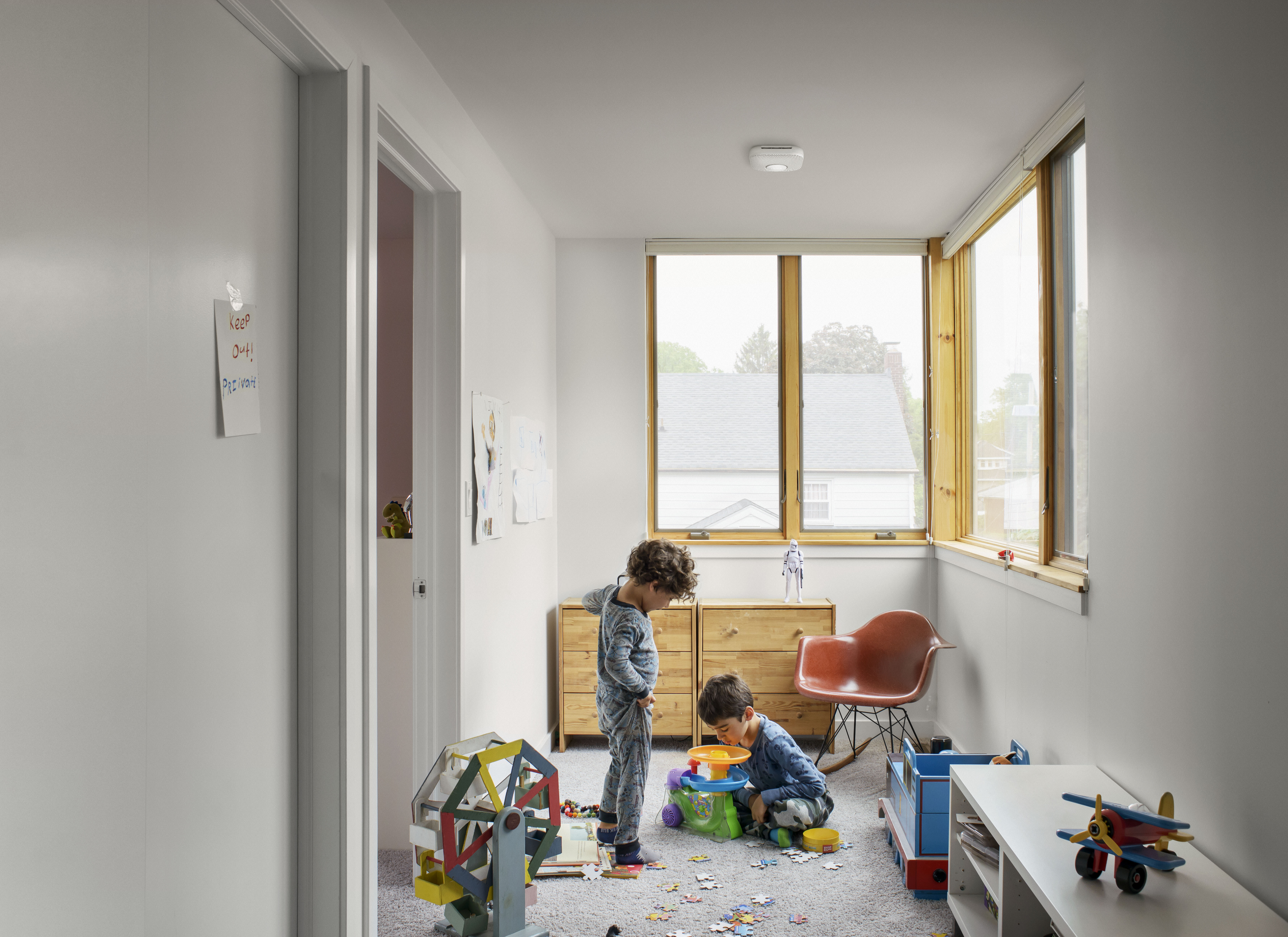
By the year 2022, the sale of smart home devices in the U.S. is expected to top 520 million units. Considering that a few years ago, before the age of Alexa, most Americans had little to no connectivity in their homes, that’s a pretty meteoric growth rate.
So what will the smart home look like five years down the line? Last week in San Francisco, some 600 industry thought leaders gathered for the 23rd annual CONNECTIONS, billed as the premier connected home conference, to imagine the possibilities.
Here are five big ideas that came out of the brainstorm.
A check engine light for the home.
Your car gives you the heads up when something is about to go wrong. Thanks to sensor-driven predictive analytics, tomorrow’s homeowners will get the same early warning. We’re already starting to see whole-house water monitoring systems that use complex algorithms to detect leaks; in the event of a major event, like a burst pipe, the systems will even shut down the main water line—then connect the homeowner with an available plumber.
Similar sensors will be applied to the home’s electrical system, where they can watch for micro-arcs that might lead to fires, and spot irregularities with major appliances and heating and cooling equipment. Empowered by advanced diagnostics, homeowners won’t have to worry about their central AC conking out on the hottest day of the year, or the furnace failing in the dead of winter.
An extra set of ears.
Digital assistants are being integrated into objects throughout the home, including mirrors, toilets, appliances, and of course, the smart speakers that have become so ubiquitous. These voice-controlled assistants are great at following commands, say to play music or check the weather, but they can also add a layer of protection in the home with their use of sound recognition technology. For example, homeowners might program their assistant to send an alert if the sound of a crying baby, whimpering pet, or breaking glass is detected.
Smart sound recognition is also being used in fire protection. Joel Sellinger, a Washington-based firefighter, noticed how many children sleep with their bedroom door open, putting them at increased risk in the event of a fire. He created LifeDoor, a connected device that attaches to any bedroom door. When the sound of a smoke alarm is detected, it closes the door, protecting occupants from fire, smoke, and toxic gas.
It’s another example of how future smart homes will learn to listen for dangers, while ignoring human conversations and other private matters.
The car as an extension of the home.
By 2022, there will be nearly 170 million connected cars on the road. With the integration of voice-controlled personal assistants, our cars will function like just another room in the home. Want to pre-heat the oven when you’re ten minutes from home? Or, answer the video doorbell from the interstate? Your car will oblige. Tasks like these can also be automated too through geo-fencing technology. For example, you might program the central AC to kick in when you’re five miles from home or the exterior lights to turn on when you’re within one hundred feet.
In-car entertainment will also be fully personalized, allowing you to call up your favorite playlist or podcast, while the kids stream content to video consoles embedded in the back seats. “It’s what we call the connected lifestyle,” says Brad Russell, research director at Parks Associates, which runs CONNECTIONS. “People will come to expect the same experiences wherever they go.”
Virtual caregiving.
Smart home technology will pave the way for independent living, something 90 percent of seniors say they want from their homes. The deployment of motion sensors throughout the living space will make it possible to discretely monitor loved ones from afar. Sensors can also track conditions in the home, from air temperature to water leaks, and send in a repair person if needed.
Radar-enabled fall-detection technology will be another potential lifesaver in the home of tomorrow (every eleven seconds, an older adult is treated in the emergency room for a fall). We’re even seeing sensor-infused footwear, including smart socks that are designed to counter the “frozen-gait” syndrome that causes many falls for people with Parkinson’s disease.
AI-enhanced home security.
Artificial intelligence (AI) will result in far more sophisticated home security systems. Facial recognition technology, for example, will allow surveillance cameras to distinguish strangers from family members or other regular visitors. AI-enhanced security systems will also learn your household’s habits over time. So, if you forget to lock the front door one morning, you’ll get a notice on your smartphone moments later. And since your front lock will be connected too, you’ll be able to secure the home with a simple voice command or swipe of the finger.
 Surveillance Equipment
Surveillance Equipment  Top 5 Smart Home Trends for 2017
Top 5 Smart Home Trends for 2017  3 Smart Cooking Gadgets to Make Your Next Cookout a Success
3 Smart Cooking Gadgets to Make Your Next Cookout a Success  Get Smart: This Smart Vent CEO Wants Homeowners to Keep Their Cool
Get Smart: This Smart Vent CEO Wants Homeowners to Keep Their Cool  How to Choose the Best Smart Smoke Alarm
How to Choose the Best Smart Smoke Alarm 

Are You Familiar With This Topic? Share Your Experience.